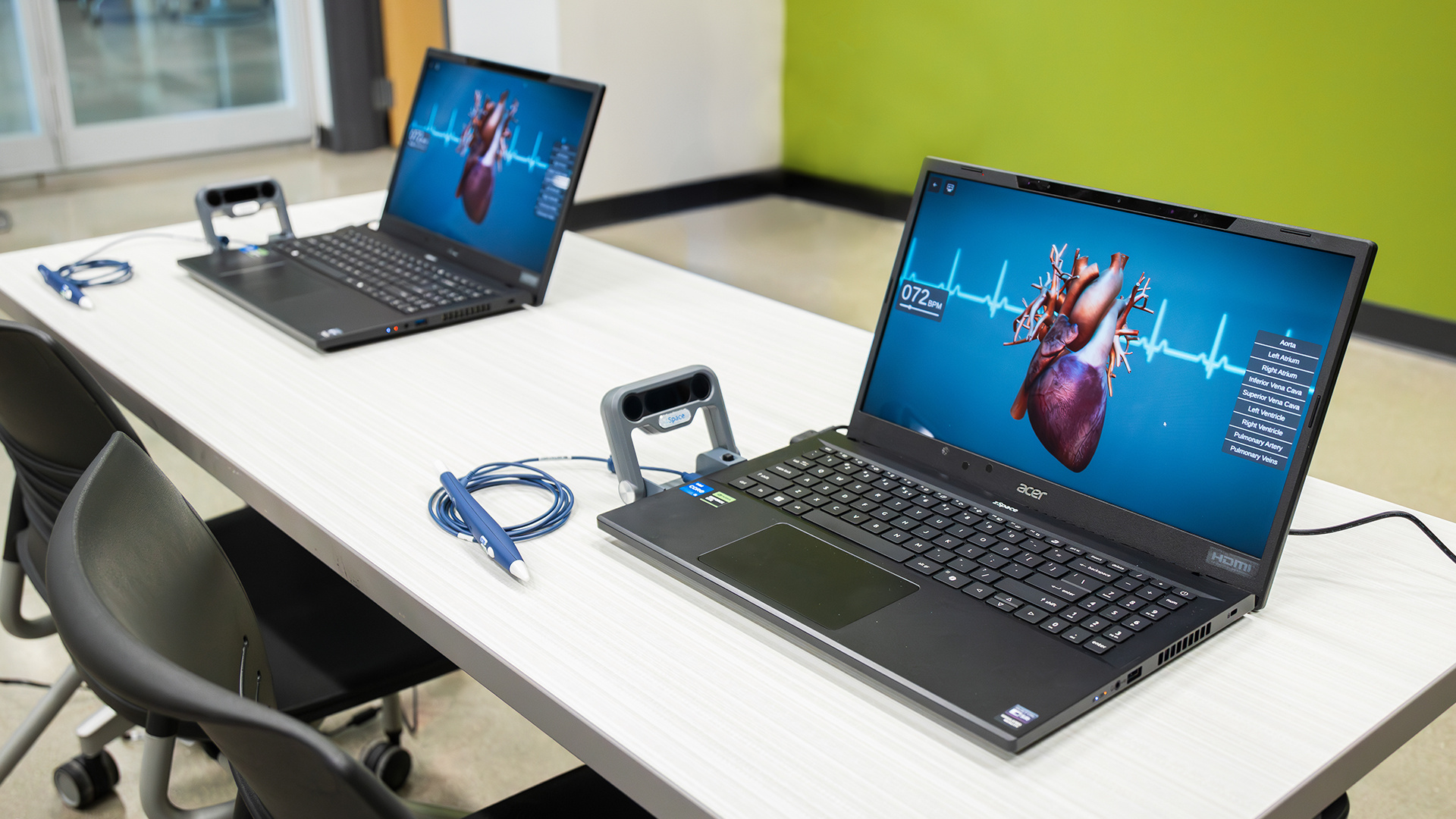
March 14, 2025
Enhancing Education and Rehabilitation in Correctional Facilities with zSpace
Bring immersive AR/VR learning to correctional facilities with zSpace—boosting education, vocational skills, and rehabilitation to reduce recidivism.
Technological advancements have transformed many sectors in recent years, and the correctional system is no exception. As part of a growing trend to incorporate innovative tools into rehabilitation programs, zSpace technology is emerging as a promising solution in the Department of Corrections. Known for its immersive, interactive learning experiences, zSpace is a cutting-edge platform that combines virtual reality (VR), augmented reality (AR), and 3D modeling to enhance learning outcomes. Here’s why using zSpace in correctional facilities can be crucial in educating and rehabilitating incarcerated individuals.
What is zSpace?
zSpace is a versatile, all-in-one platform that allows users to interact with 3D content in real time. The system has a 3D screen, stylus, and the ability to manipulate digital objects in space, offering an engaging, hands-on experience. Whether it’s virtual dissections for biology students, architectural design simulations, or intricate math problem-solving, zSpace makes abstract concepts come to life in a way traditional textbooks or online resources cannot.
Benefits of Using zSpace in Correctional Facilities
- Engagement and Motivation Incarcerated individuals often face challenges in maintaining engagement with traditional education programs. Many are disengaged from conventional learning due to past educational failures or lack of personal motivation. zSpace’s interactive and immersive learning experiences can spark curiosity and help make education more appealing. The 3D capabilities of zSpace offer a much-needed break from monotonous learning, allowing inmates to interact with subjects that may have seemed out of reach before.
- Increased Access to Education Many correctional facilities lack the resources to provide quality education in specific fields. zSpace can bridge the gap by offering access to a wide range of academic disciplines without needing expensive physical resources. From science experiments to technical skill-building in design and engineering, zSpace enables incarcerated individuals to explore areas of learning that were previously inaccessible to them.
- Improving Technical and Vocational Skills A critical component of rehabilitation is equipping inmates with the skills they need to reintegrate into society successfully. zSpace allows individuals to develop technical skills in graphic design, CAD (computer-aided design), and even coding. These skills are valuable in a rapidly evolving job market and can increase employability upon release, ultimately reducing recidivism.
- Fostering Critical Thinking and Problem-Solving zSpace isn’t just about interacting with 3D images—it encourages critical thinking. By manipulating complex 3D models, inmates can practice problem-solving and learn to approach challenges from multiple angles. Whether studying science concepts, visualizing principles of working systems, or solving math problems, zSpace allows individuals to experiment and learn through trial and error, fostering essential cognitive and analytical skills.
- Behavioral and Emotional Growth Through virtual simulations, incarcerated individuals can experience scenarios that promote emotional intelligence, conflict resolution, and empathy. These simulations can help people understand the impact of their decisions, leading to personal growth. Taking different perspectives is crucial for emotional rehabilitation and reducing recidivism.
- Lowering Barriers to Learning For many incarcerated individuals, prior educational experiences may have been disrupted due to behavioral issues or lack of support. zSpace offers a more forgiving learning environment where individuals can take their time and approach subjects at their own pace. In a space where traditional teaching methods may have failed, zSpace can provide a fresh start and a more personalized educational journey.
How zSpace is Integrated into Correctional Programs
Correctional facilities are beginning to see the potential of zSpace as a tool in both academic and vocational programs. Here’s how it can be seamlessly integrated into existing educational efforts:
- Virtual Classes and Workshops: Correctional education instructors can create virtual courses on various subjects, from STEM fields to creative arts. These workshops can be more interactive and engaging than traditional paper-based learning.
- Distance Learning: In facilities with limited access to external instructors or vocational programs, zSpace can provide a platform for remote learning experiences, making it possible to bring in expert knowledge from outside the facility without needing physical presence.
- Collaborative Projects: Inmates can collaborate on projects using zSpace technology, which encourages teamwork and improves social interaction, which is critical for personal rehabilitation.
Overcoming Challenges
While the potential of zSpace in correctional settings is vast, implementing this technology does come with challenges. Security concerns, such as access to the internet or potential misuse of the technology, need to be addressed. Careful planning, oversight, and customized, secure platforms will ensure the technology is used appropriately.
Conclusion
zSpace technology can transform education and rehabilitation in correctional facilities by offering innovative, engaging, and compelling learning experiences. By providing inmates access to interactive tools that encourage skill-building, critical thinking, and personal growth, zSpace can play a pivotal role in reducing recidivism and promoting successful reintegration into society. As more correctional facilities explore the benefits of this technology, the future of inmate education and rehabilitation looks brighter than ever.